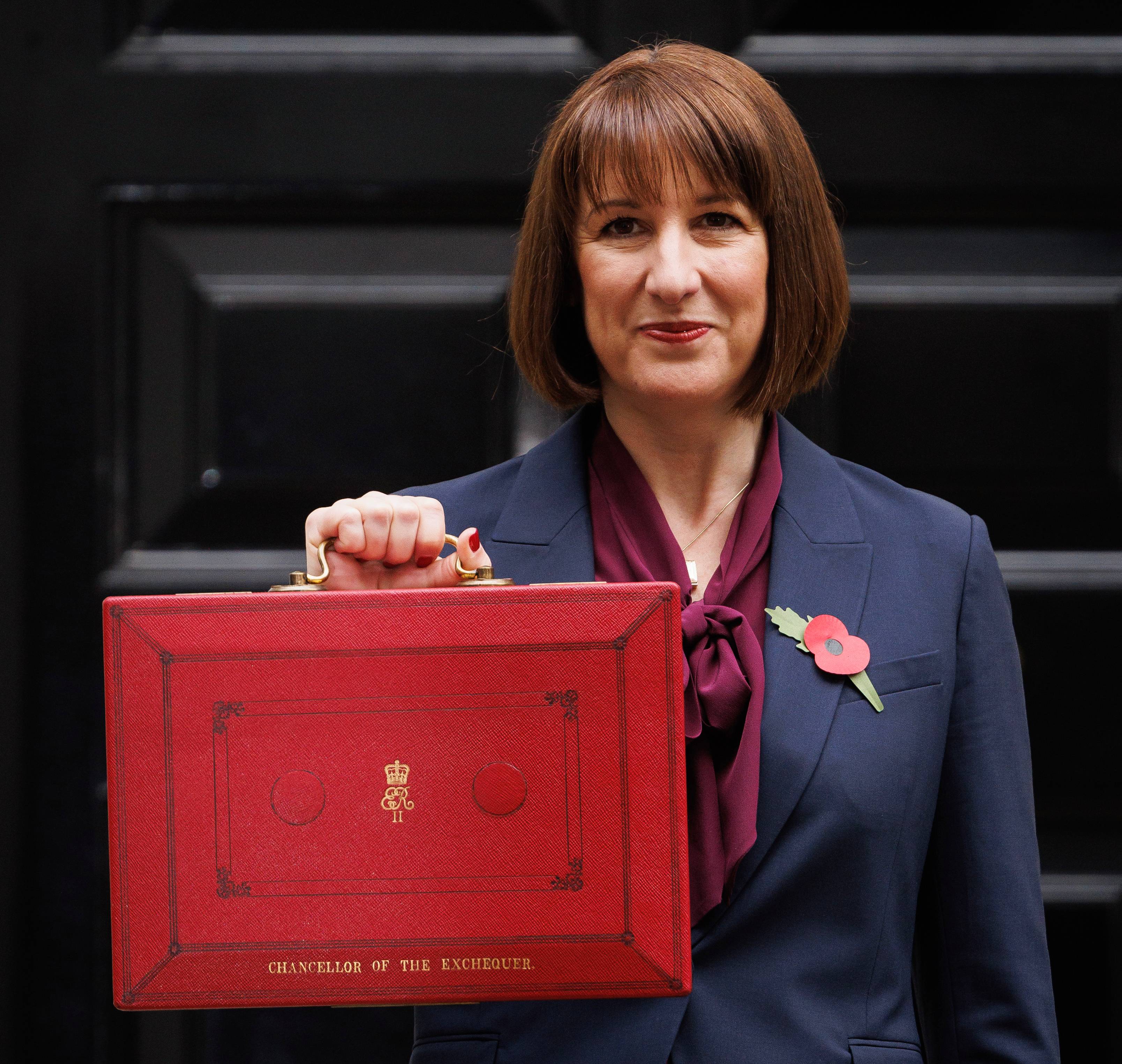Review of the week: Up like a balloon
Central bankers have sat on their hands for another month, sending the prices of stocks and bonds soaring. While interest rates seem to have peaked, the full effects of previous increases are yet to be felt by households and businesses.

Article last updated 22 July 2025.
QUICK TAKE:
UK small and midcaps jumped almost 7% in a rebound week for Western stock markets
American unemployment rose significantly and now flashes a warning
It’s still too early for interest rate cuts, but next year may be a different story
Up like a balloon
Stock markets ripped higher last week as weak economic data reinforced hopes that central banks have finished hiking interest rates.
The long-maligned FTSE 250 Index, which contains small and mid-cap UK companies, was the surprise front runner for the world. All major Western markets moved comfortably higher over the week – a bounce-back after two pretty terrible months. But the FTSE 250 leapt an astonishing 6.7%, perhaps because it has been particularly out of favour recently. A week or so ago it hit a year low, so it was likely more susceptible to ricocheting higher.
Part of the boost was due to the Bank of England (BoE) keeping its benchmark interest rate at 5.25%. This was broadly expected, yet some investors obviously had lingering concerns that the central bank would increase rates more because inflation seems to have caught at 6.7%. BoE Governor Andrew Bailey tried to dampen the ebullient spirits by repeating that it’s “much too early to be thinking about rate cuts". Instead, UK monetary policy is likely to need to be restrictive for an extended period of time.
The US Federal Reserve (Fed) made similar noises after its monetary policy meeting last week: it is trying to dissuade investors from banking on lower rates coming down the pipe very soon. The Fed is still flagging the possibility of one further rate hike - that's what's in the Fed committee’s official projections, though to be fair Chair Powell sounded very equivocal about that in his press conference. The spectre of this final hike is driven by America’s phenomenally strong economic growth. As we noted last week, strong economic growth tends to fuel inflation. So with US inflation reaccelerating in the second half of the year, the Fed has prudently kept its options open to tamp it back down if required.
We think it won’t be required, however. We have long talked about how powerful a sharp and swift rise in borrowing costs can be in slowing economic growth. This hiking cycle has been blisteringly swift and the cost for households and businesses to borrow has become prohibitive. It takes time for these interest rate changes to filter through and affect the economy – indeed it’s taken longer than we expected. But we think the world’s Western central banks – the Fed most of all – have done enough. Now they need to rely on patience to let the medicine work, rather than overprescribe.
Reasons for Caution
While rate hikes should be behind us, it makes sense to us that rate cuts aren't imminent – both here and abroad.
While there’s been a lot of progress in bringing down British inflation, which has been more stubborn than in the US and Europe, it’s still some way above target in all three regions. Cutting rates before inflation is much closer to 2% would be inconsistent with previous messaging from central bankers that they will keep policy tight until inflation is well and truly beaten, learning the lessons of the 1970s.
But the circumstances of Europe and the US could look quite different by the middle of next year. UK inflation is likely to be a lot lower by then, for example. The effects of previous increases in regulated energy prices drop out of the annual comparison in the next set of data. Also, the broader disinflationary process that is already underway should continue – the average economist forecast for the UK’s headline CPI inflation in mid-2024 is now just 2.4%. Bear in mind that headline inflation in the Eurozone, which shares many of the UK's economic dynamics, has already dropped back below 3%. The UK economy could be even weaker by then too. The BoE revised down its own forecast for growth in 2024 from 0.4% to 0%, and PMI business surveys are at levels consistent with contraction already.
Looking at the market for locking in interest rates in the future, investors are assuming that UK rates will stay roughly where they are until the middle of next year. They then expect a roughly 0.5-percentage point fall in the second half of 2024. The balance of probabilities favours rates falling a bit further than that, in our view, with the economy likely to be in recession and inflation near target by that time.
Along with a neck-wrenching pop in stock markets, government bond prices soared last week. The 10-year gilt yield (which moves in the opposite direction to its price) is now trading around 4.40%, about 30 basis points below its October highs. The 10-year US Treasury is about 40bps below its October highs, at roughly 4.60%.
While it’s always welcome to see equity markets rise, we’re not so sure that these are sustainable gains – they seem vulnerable to sentiment and the onset of recession. We have been expecting US economic growth to fade for many months now. While it recently accelerated, we have previously noted weakness in business investment, which tends to swing the US from boom to bust or vice versa. Another red flag appeared last week: unemployment shot up again in October and is now 3.9%. The unemployment rate has jumped 15% in six months. Over the last 70 years (excluding haywire data from the pandemic shock), unemployment has never risen so quickly outside of a recession or its immediate aftermath. According to the Sahm Rule (named after Bloomberg columnist and former Fed economist Claudia Sahm), an important early indicator of a recession is when the three-month moving average of the US unemployment rate rises by 0.5 percentage points or more relative to its low during the previous 12 months. It reached 0.43 percentage points in October (when you adjust for typical seasonal variations).
These warning signs reinforce our continued caution on stocks generally, our preference for lower equity exposure and bias to ‘defensive’ businesses (those that should weather a downturn better than others). We should stress here that this doesn’t mean we’re avoiding stocks like the plague. We believe the long-term benefits of investing in stocks only come if you hold them through the ups and the downs. Because you only find out when the great buying chances are when they are years in the past, trying to time the market usually ends up with you sitting it out entirely. Our decisions around the stocks we hold – and how much of the portfolio they make up – are best thought of as necessary touches on the helm, rather than sharp tacks.
If you have any questions or comments, or if there’s anything you would like to see covered here, please get in touch by emailing review@rathbones.com. We’d love to hear from you.



